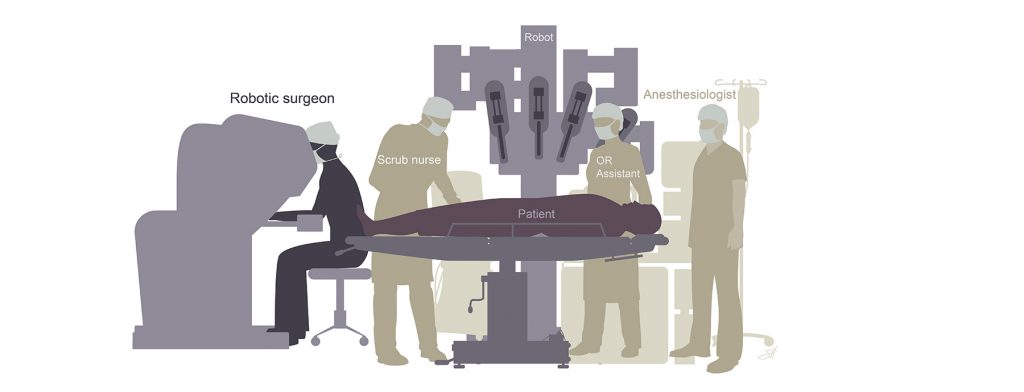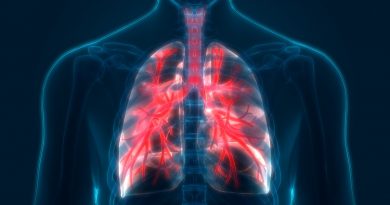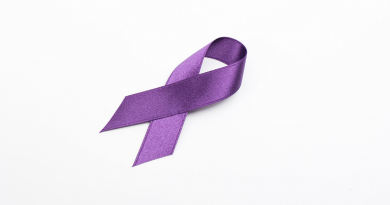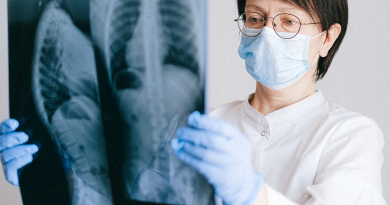Navigating gallbladder removal: What you need to know
Gallbladder removal surgery, medically known as cholecystectomy, is a common procedure performed to alleviate the discomfort and complications associated with gallbladder disorders. Approximately 700,000 cholecystectomies are performed annually in the United States.
“The gallbladder is a small, pear-shaped organ that stores and releases bile. Bile is necessary for the digestion of fats,” says Dr. Galina Toneva, an acute care surgeon and assistant professor of surgery in the Division of Trauma and Acute Care Surgery. “However, problems can arise in the gallbladder that are best solved with surgery.”
The most common problem that occurs in the gallbladder is the formation of stones inside. This can be caused by diet and/or genetics. If the stones are not causing symptoms, then the gallbladder does not need to be removed. However, gallstones often cause abdominal pain and nausea soon after eating. Once symptoms from gallstones begin happening, they tend to recur, and surgery is usually recommended. It is impossible to get rid of the stones without removing the gallbladder.

Symptoms of gallstones vary in severity. The gallbladder squeezes out bile in response to a meal. If a stone blocks the outlet of the gallbladder while it is trying to squeeze out bile, this will cause upper abdominal pain, fullness and/or nausea for several hours. If the stone falls away when the gallbladder stops squeezing, the symptoms will resolve within six hours. This is known as biliary colic and should prompt a primary care visit for workup and referral to a surgeon. If a stone becomes lodged at the outlet of the gallbladder and does not fall away when the gallbladder stops squeezing, the symptoms will not resolve on their own. Instead, this sets off inflammation of the gallbladder known as acute cholecystitis. Symptoms that last more than six hours are concerning for acute cholecystitis or other more severe consequences of gallstones (like blockage of the bile duct, biliary tree infection or inflammation of the pancreas) and should prompt a visit to the emergency room. Antibiotics and surgery are often necessary.
Less common reasons for cholecystectomy include gallbladder masses that are not stones and improper squeezing of the gallbladder, which causes pain.
Do I need my gallbladder?
“Your gallbladder helps store a substance called bile, which helps digest fats,” explains Toneva. “While the gallbladder has a job in the digestion process, it’s not essential for your overall health. Your liver can still make bile and send it directly to your small intestine so that you can digest fats even without a gallbladder.”
Gallbladder Removal Procedure
There are two main methods for gallbladder removal: laparoscopic cholecystectomy and open cholecystectomy. Laparoscopic surgery is the most common and minimally invasive option, involving small incisions and the use of a tiny camera to guide the surgeon. Open cholecystectomy, on the other hand, is a more traditional approach that requires a larger incision.
Laparoscopic Cholecystectomy
Laparoscopic cholecystectomy is performed using long instruments through four small incisions. A camera is placed into the largest incision near your belly button, and long instruments are used in the three other incisions to cut and remove the gallbladder through your belly button. The surgery usually takes about one hour.
Robotic-Assisted Laparoscopic Cholecystectomy

Some surgeons offer robotic-assisted gallbladder removal. This is performed using a surgical robot machine instead of long instruments. Using the robot, the surgeon can perform the surgery with smaller movements and through smaller incisions with a magnified view. This method of cholecystectomy is ideal for patients who are expected to have a more difficult surgery due to long-term gallbladder infection, the presence of scar tissue or a high risk of bleeding. It takes about 90 minutes.
Open Cholecystectomy
Occasionally, a patient is not a candidate for laparoscopic or robotic surgery due to other health concerns. Other times, laparoscopic or robotic surgery cannot be safely completed, and the surgeon decides to make a bigger incision. In this case, one large incision is made on the right side of the abdomen following the contour of the rib cage. The surgery is then performed through that incision.
Recovery Expectations
Recovery from gallbladder removal surgery varies from person to person but is generally swift. “Most patients can expect to go home the same day or within 24 hours after laparoscopic surgery,” says Toneva. “Recovery typically involves mild discomfort and a quick return to regular activities.”
Here are some general recovery expectations:
Pain management: Mild to moderate discomfort is common after surgery. Your healthcare team will provide pain medication to manage this.
Dietary adjustments: Initially, a bland diet is recommended to ease digestion. Over time, you can gradually reintroduce regular foods, including fats.
Activity: You can usually return to light activities within a week and resume regular activities within a few weeks.
Potential complications: While complications are rare, they can include infection, bleeding or injury to surrounding organs. Be vigilant for signs of these and seek immediate medical attention if necessary.
Learn more about surgery at Baylor Medicine.
By Tiffany Harston, communications associate with the Michael E. DeBakey Department of Surgery



